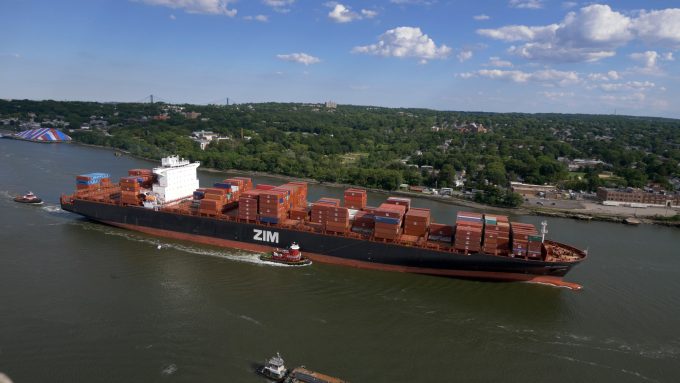Pre-tariff rush of goods from US to China sees air rates soar, but not for long
Beijing’s decision to impose higher tariffs on US goods has led to a rush of ...

After two years of record profitability, liner industry ocean carriers are busy collating their earnings from what has been an extremely challenging first quarter.
The tailwind effect of unexpired higher contract rates is likely to see most lines achieve respectable results for Q1, but thereafter it may be a different story.
According to Blue Alpha Capital founder John McCown’s analysis of 2022 container shipping line earnings, the cumulative net profit for the carriers that report their results, and an estimate for those ...
Asia-USEC shippers to lose 42% capacity in a surge of blanked sailings
Why ROI is driving a shift to smart reefer containers
USTR fees will lead to 'complete destabilisation' of container shipping alliances
New USTR port fees threaten shipping and global supply chains, says Cosco
Outlook for container shipping 'more uncertain now than at the onset of Covid'
Transpac container service closures mount
DHL Express suspends non-de minimis B2C parcels to US consumers

Comment on this article